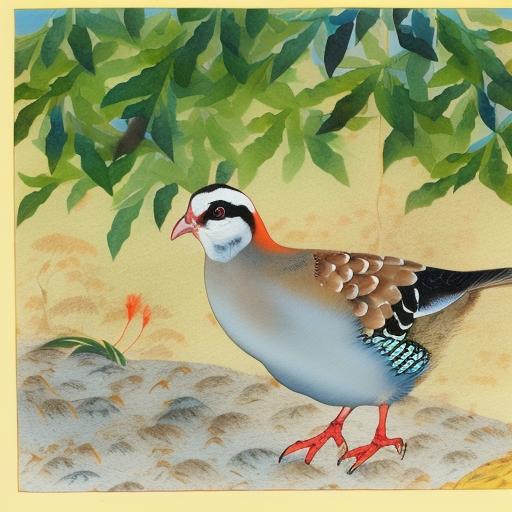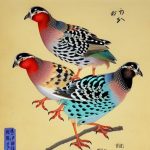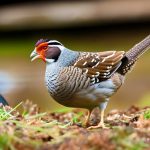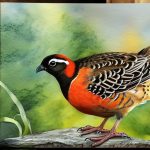Japanese quail, also known as Coturnix quail, are popular birds for breeding due to their small size, low maintenance, and high egg production. Breeding Japanese quail can be a rewarding and profitable venture for both small-scale and commercial breeders. These birds are known for their fast growth, early maturity, and high fertility rates, making them an ideal choice for those looking to start a quail breeding operation.
Japanese quail come in a variety of colors, including white, brown, and tuxedo, making them an attractive addition to any breeding program. They are also known for their calm and gentle nature, making them easy to handle and manage. Whether you are a beginner breeder or an experienced farmer, Japanese quail breeding can be a fulfilling and lucrative endeavor.
Key Takeaways
- Japanese quail breeding is a popular and rewarding hobby for many enthusiasts.
- When selecting quail for breeding, it is important to choose healthy, disease-free birds with desirable traits.
- Setting up the breeding environment involves providing adequate space, nesting areas, and proper lighting and temperature conditions.
- Understanding quail breeding behavior, such as courtship displays and egg laying patterns, is essential for successful breeding.
- Managing quail breeding involves monitoring egg production, ensuring proper nutrition, and preventing overcrowding in the breeding area.
- Caring for quail chicks requires providing a warm and safe brooding area, as well as a balanced diet and regular health checks.
- Troubleshooting common breeding issues, such as low fertility or egg production, requires identifying and addressing potential causes such as stress or inadequate nutrition.
Selecting the Right Quail for Breeding
When it comes to selecting quail for breeding, it is important to choose healthy, disease-free birds with good genetic traits. Look for birds that are active, alert, and have bright eyes. Avoid birds that appear lethargic or have any signs of illness. It is also important to select birds with good conformation and body size, as this can impact the success of breeding and the health of the offspring.
In addition to physical traits, consider the age of the quail when selecting breeders. Quail reach sexual maturity at around 6-8 weeks of age, so it is best to select birds that are at least 8 weeks old for breeding. This ensures that they are fully mature and ready to reproduce. When selecting breeders, it is also important to consider the genetic diversity of the flock. Avoid breeding closely related birds to prevent inbreeding and maintain a healthy gene pool.
Setting Up the Breeding Environment
Creating the right breeding environment is crucial for the success of your quail breeding program. Start by providing a spacious and well-ventilated housing area for your breeders. This can be a simple wire cage or a specially designed quail hutch. Ensure that the housing area is predator-proof and provides protection from the elements.
Quail breeders also require a comfortable nesting area where they can lay their eggs. Provide nesting boxes or trays filled with clean bedding material such as straw or wood shavings. It is important to keep the nesting area clean and free from debris to prevent egg contamination and disease.
In addition to housing and nesting areas, it is important to provide a balanced diet for your breeding quail. A high-quality commercial quail feed supplemented with fresh greens, fruits, and vegetables will ensure that your breeders are healthy and productive. Access to clean water is also essential for quail breeders, so make sure they have constant access to fresh water at all times.
Understanding Quail Breeding Behavior
Understanding the breeding behavior of Japanese quail is essential for successful reproduction. Quail are polygamous birds, meaning that one male can mate with multiple females. When introducing breeders, it is important to maintain a ratio of one male to every three to five females to prevent overbreeding and aggression.
Quail breeders are most active in the morning and evening, so this is the best time to observe their mating behavior. Male quail will often perform a courtship display by puffing up their feathers and making soft clucking sounds to attract females. Once a male has successfully courted a female, they will mate by the male mounting the female from behind.
After mating, female quail will lay eggs every 1-2 days, with each clutch containing around 8-12 eggs. It is important to collect the eggs daily to prevent them from being damaged or eaten by the breeders. Understanding the natural breeding behavior of quail will help you create an environment that encourages successful reproduction.
Managing Quail Breeding
Managing quail breeding involves monitoring the health and productivity of your breeders, as well as ensuring optimal conditions for reproduction. Regular health checks are essential to identify any signs of illness or disease early on. Look for any changes in behavior, appetite, or appearance that may indicate a health issue. It is also important to keep an eye on egg production and fertility rates to ensure that your breeders are healthy and productive.
In addition to health management, it is important to provide a stress-free environment for your breeders. Avoid sudden changes in their environment or handling them excessively, as this can cause stress and impact their reproductive success. Providing a consistent diet, clean housing, and minimal disturbances will help keep your breeders happy and productive.
Breeding records are also important for managing your quail breeding program. Keep track of mating dates, egg production, fertility rates, and any health issues that arise. This information will help you identify any patterns or problems and make informed decisions about managing your breeding flock.
Caring for Quail Chicks
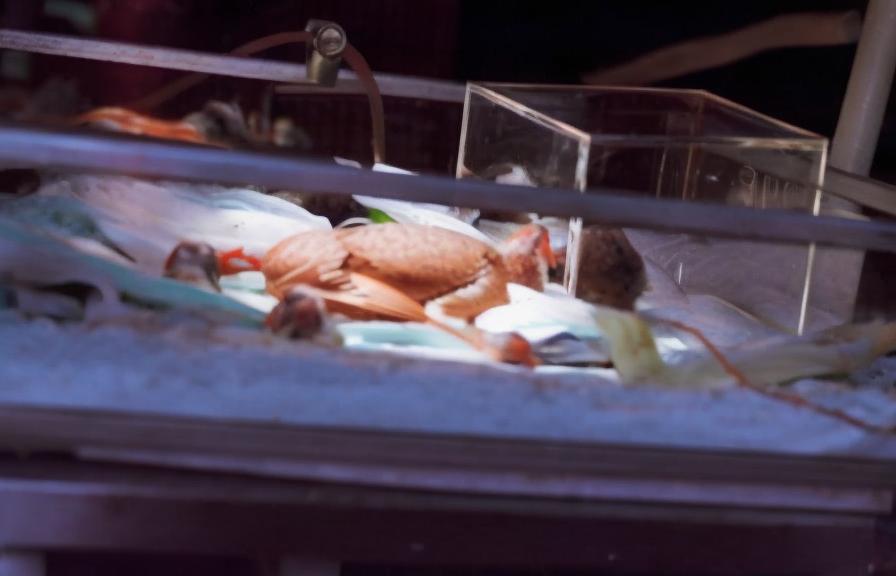
Once your quail breeders have successfully hatched their eggs, it is important to provide proper care for the chicks. Transfer the eggs to a separate incubator or brooding area with a stable temperature of around 99-100°F and high humidity levels for optimal hatching conditions. Once hatched, provide the chicks with a warm and draft-free environment, such as a brooder box with a heat lamp or heat pad.
Quail chicks require a high-protein diet to support their rapid growth and development. Start them on a commercial game bird starter feed with at least 24% protein content. You can also supplement their diet with finely chopped greens and boiled eggs for added nutrition.
In addition to nutrition, it is important to provide clean bedding material in the brooder box and ensure that the chicks have access to clean water at all times. Monitor their behavior and health closely during the first few weeks to ensure that they are thriving and growing as expected.
Troubleshooting Common Breeding Issues
Despite your best efforts, you may encounter common breeding issues when raising Japanese quail. One common issue is low fertility rates, which can be caused by factors such as poor nutrition, stress, or age-related decline in reproductive capacity. To address this issue, ensure that your breeders are receiving a balanced diet, minimal stress, and are within the optimal reproductive age range.
Another common issue is egg infertility or poor hatchability. This can be caused by improper incubation conditions, such as fluctuating temperatures or inadequate humidity levels. To improve hatchability, monitor and maintain stable incubation conditions throughout the entire hatching process.
Additionally, aggression among breeders can be a problem in some cases, especially if there is an imbalance in the male-to-female ratio or limited space in the breeding environment. To address this issue, ensure that there is enough space for all breeders and maintain a proper male-to-female ratio to prevent overbreeding and aggression.
In conclusion, Japanese quail breeding can be a fulfilling and profitable venture when approached with proper knowledge and care. By selecting the right breeders, creating an optimal breeding environment, understanding quail breeding behavior, managing breeding operations effectively, caring for quail chicks, and troubleshooting common breeding issues, you can ensure the success of your quail breeding program. With dedication and attention to detail, you can enjoy the rewards of raising healthy quail and producing high-quality eggs for consumption or sale.
If you’re looking for comprehensive information on Japanese quail breeding, you’ll want to check out the article “What Vegetables Do Quails Eat?” on PoultryWizard.com. This informative piece not only covers the dietary needs of quails but also provides valuable insights into their breeding and care. Whether you’re a novice or experienced breeder, this article offers practical tips and advice to help you successfully raise and breed Japanese quails. For more in-depth guidance on poultry breeding, including geese and chickens, be sure to explore the wealth of resources available on PoultryWizard.com.
FAQs
What is Japanese quail breeding?
Japanese quail breeding refers to the process of raising and breeding Japanese quails for their eggs, meat, or as pets. It involves providing the quails with proper housing, nutrition, and care to ensure their health and productivity.
What are the basic requirements for breeding Japanese quails?
The basic requirements for breeding Japanese quails include suitable housing, proper nutrition, clean water, and a conducive environment for breeding and egg laying. Additionally, it is important to provide the quails with adequate space and nesting areas.
What is the breeding season for Japanese quails?
Japanese quails are known to breed throughout the year, but they tend to be more productive during the spring and summer months. With proper care and management, quails can be bred and produce eggs consistently.
How long does it take for Japanese quails to reach breeding age?
Japanese quails typically reach sexual maturity at around 6 to 8 weeks of age. At this point, they are ready to start breeding and laying eggs.
What are some common breeding challenges with Japanese quails?
Common breeding challenges with Japanese quails include egg infertility, low hatchability, and maintaining proper breeding ratios. Additionally, providing the right conditions for brooding and raising chicks can also be a challenge.
What are some tips for successful Japanese quail breeding?
Some tips for successful Japanese quail breeding include providing a balanced diet, maintaining proper lighting and temperature conditions, ensuring good ventilation in the housing, and regularly monitoring the health and behavior of the quails. It is also important to handle the eggs and chicks with care to maximize their survival and productivity.
Meet Walter, the feathered-friend fanatic of Florida! Nestled in the sunshine state, Walter struts through life with his feathered companions, clucking his way to happiness. With a coop that’s fancier than a five-star hotel, he’s the Don Juan of the chicken world. When he’s not teaching his hens to do the cha-cha, you’ll find him in a heated debate with his prized rooster, Sir Clucks-a-Lot. Walter’s poultry passion is no yolk; he’s the sunny-side-up guy you never knew you needed in your flock of friends!

